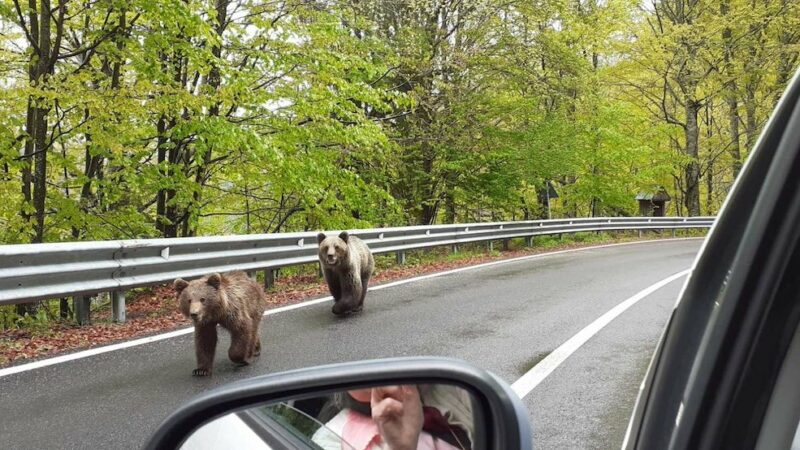Do You Know the Big 5 and the Tiny 5 of Africa?
Have you spent hours dreaming of a safari? Before you book your tickets, get to know the Big Five and the Tiny Five—that’s 10 of the best animals to try to see on an African safari.
Videos by Outdoors
Whether you’re an animal lover, biologist, or an adventurer packing for your first safari, here’s the scoop on these 10 animals that you’ll want to watch out for on your travels.
The Big Five
Before areas like Kruger National Park were turned into nature reserves, these large wildlife areas were used as game reserves. Targeted by hunters, these five iconic megafauna species were once considered the proudest catches. Today, most of the Big Five are considered vulnerable or endangered, and it is illegal to hunt them.
Leopard
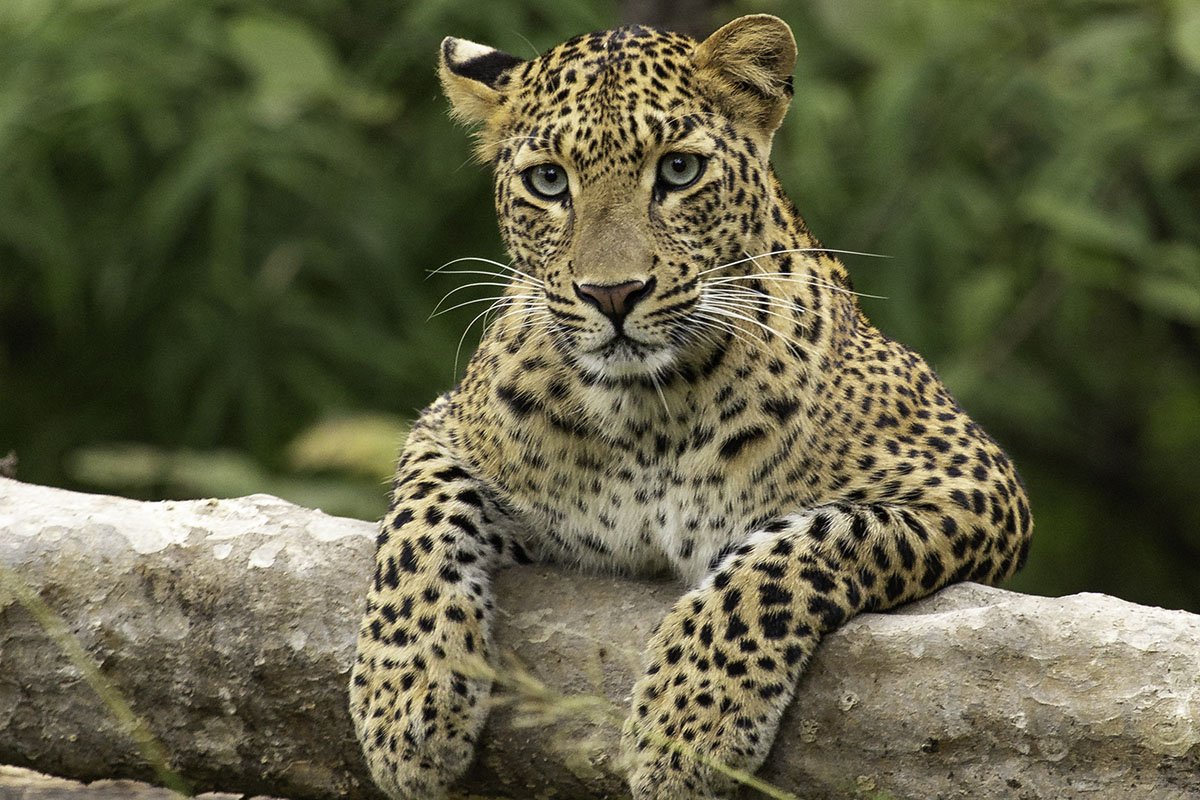
If you’re lucky, you’ll be one of the few that see a leopard in real life. The leopard, known by its unique spots, called rosettes, is a solitary creature, highly territorial, and often ambushes its prey with stealth and precision. Leopards can also be all black, which has prompted the nickname “black panther,” despite actually being a leopard.
Leopards are exceptional climbers and swimmers. These opportunistic hunters chase antelope, small mammals, and even birds. Renowned for their incredible strength, they are capable of carrying prey, such as zebras or antelope, up into a tree to eat.
African Lion
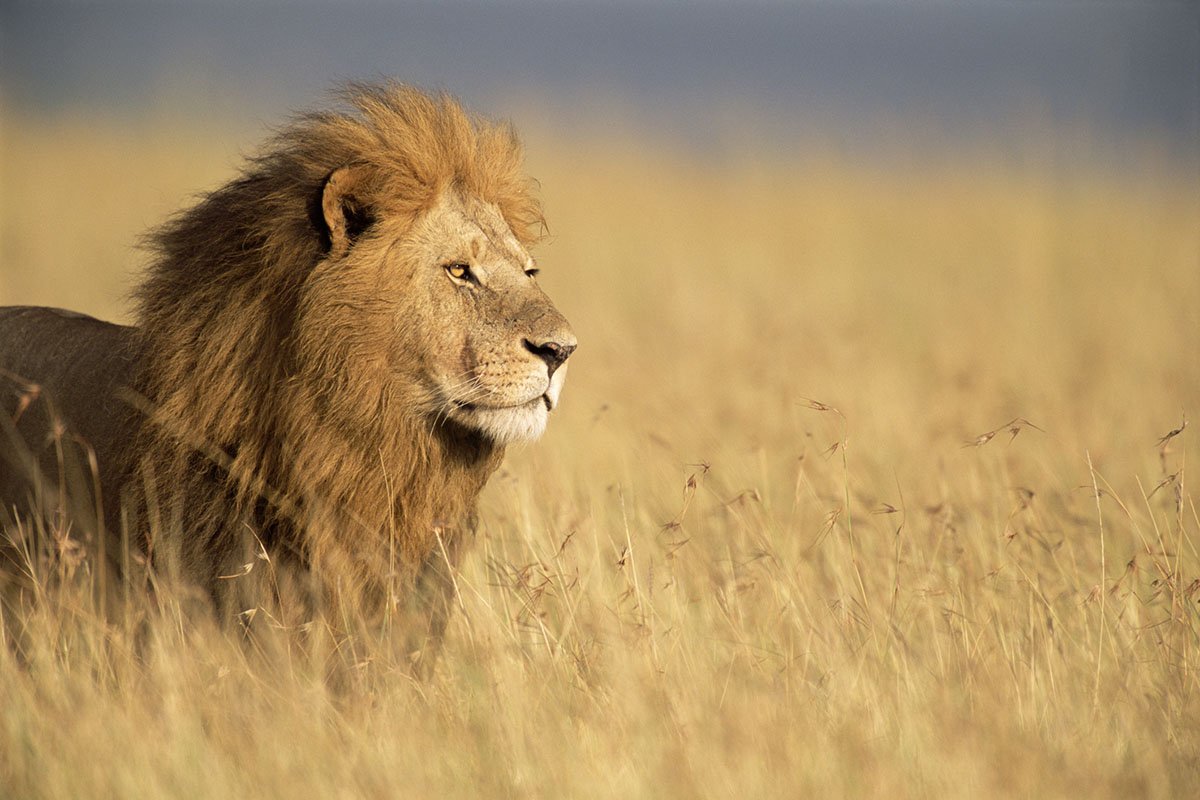
The “king” of the jungle, the African lion, is a bit misunderstood. For one thing, lions don’t live in the savannah, not the jungle. Lions are social cats and they tend to stick together. They’re most active at dawn and dusk, and they follow water holes. If you’re lucky enough to see one, take a picture from your safari vehicle at a safe distance. If you’re foot, don’t run, just stand still, because that’s a race you surely won’t win.
African Buffalo
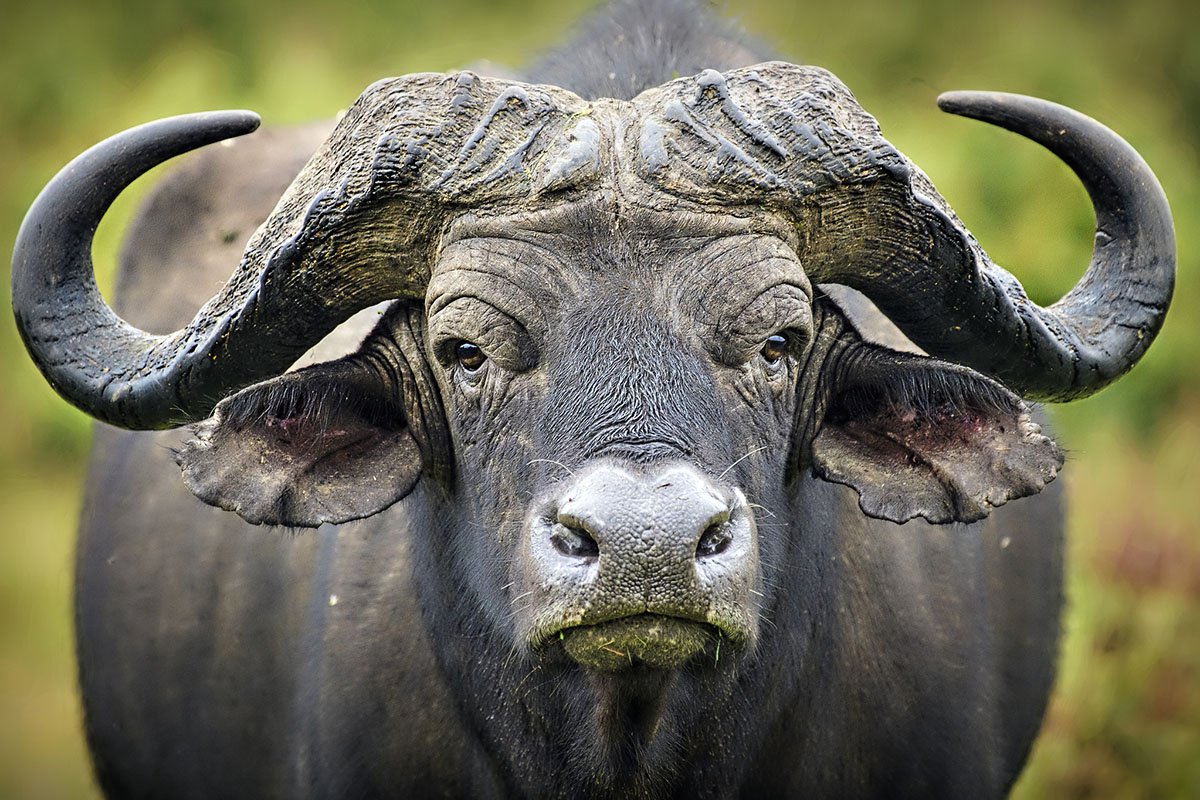
These aggressive animals gather in large groups in the Serengeti. While they’re amazing to behold, don’t get close, because these huge animals are heavy and strong. Both males and females have horns, but males have extra protection in the form of a boss, where their horns attach together and form a plate.
African buffalos are prey for predators like lions and crocodiles, but even lions are at risk if they try to hunt this member of the Big Five. Buffalo are almost three times heavier than lions and can weigh up to 2,000 pounds. African buffalo are considered the most difficult and dangerous to hunt of the Big Five, because they will attack humans.
African Elephant
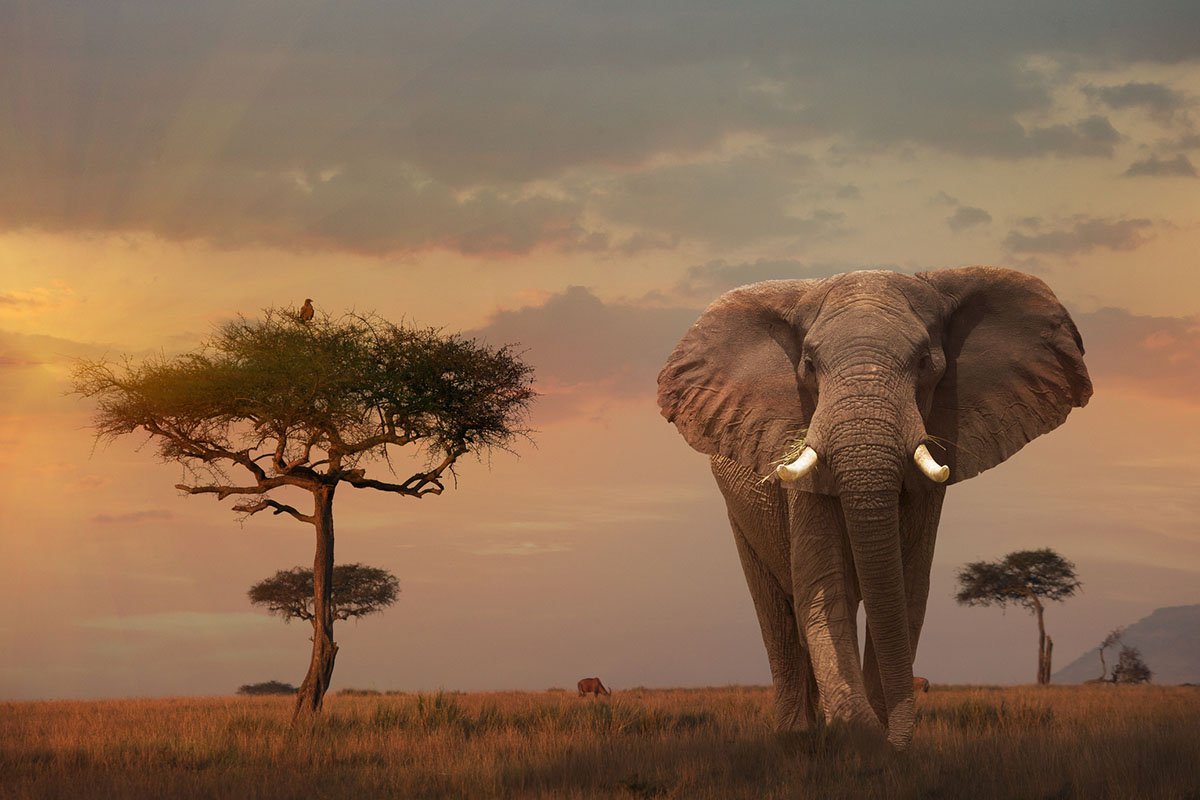
Weighing up to 7 tons, these giant animals live in savannas and act as natural seed dispersers as they pull up trees. Long sought after by poachers, elephants have a long history of being hunted for their ivory tusks. Trophy hunting is still permitted in some parts of Africa today, but only if you can afford to pay up to 80,000 USD.
Rhinoceros
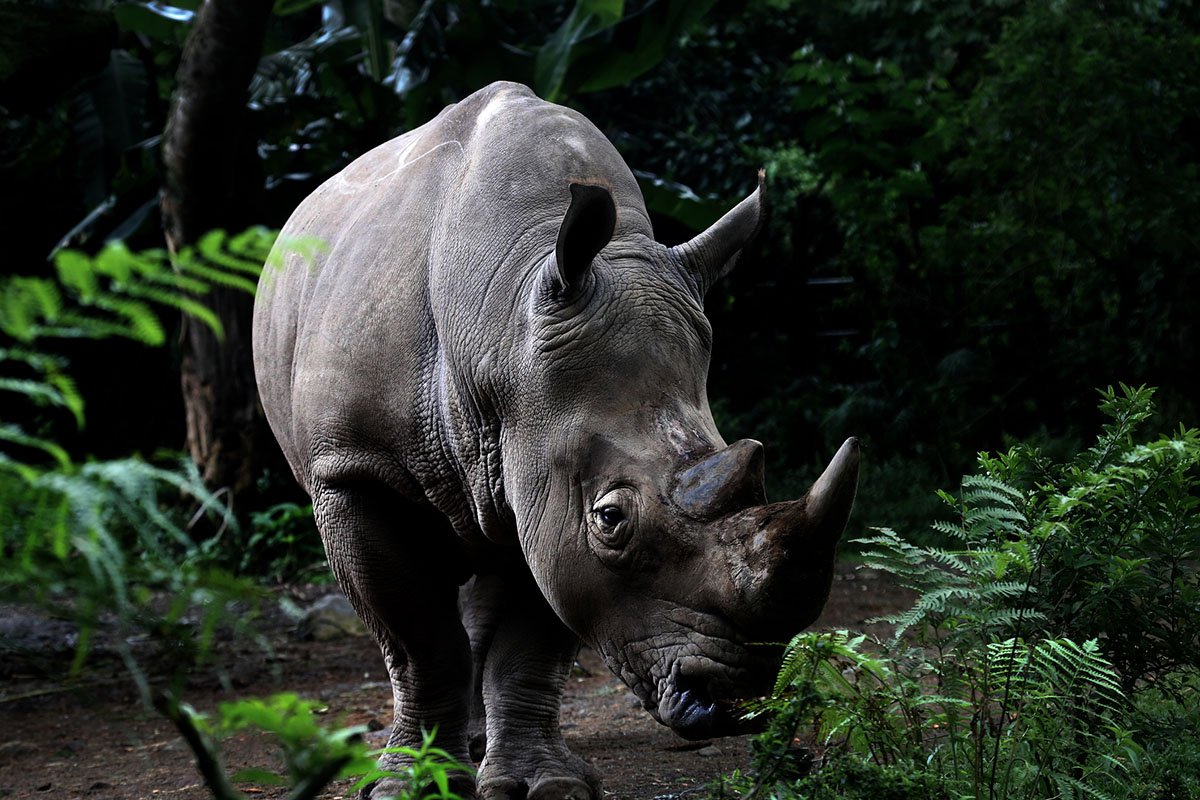
Weighing up to 5,000 pounds, rhinoceroses’ horns can grow nearly 5 feet long. Several rhino subspecies, including the western black rhino and northern white rhino, have sadly gone extinct, mostly because of poaching. Only a few types of rhinoceros remain in Africa. White rhinos are more widespread than black rhinos and have lately shown some sign of increase, but they may still go extinct, considering the number of white rhinos is fewer than 20,000.
The Little Five
You may have known the Big Five, but how much do you know about the little or “tiny” five? Africa’s big game is amazing, but these small yet incredible creatures are also worth putting in the effort to tick off your viewing list.
Elephant Shrew
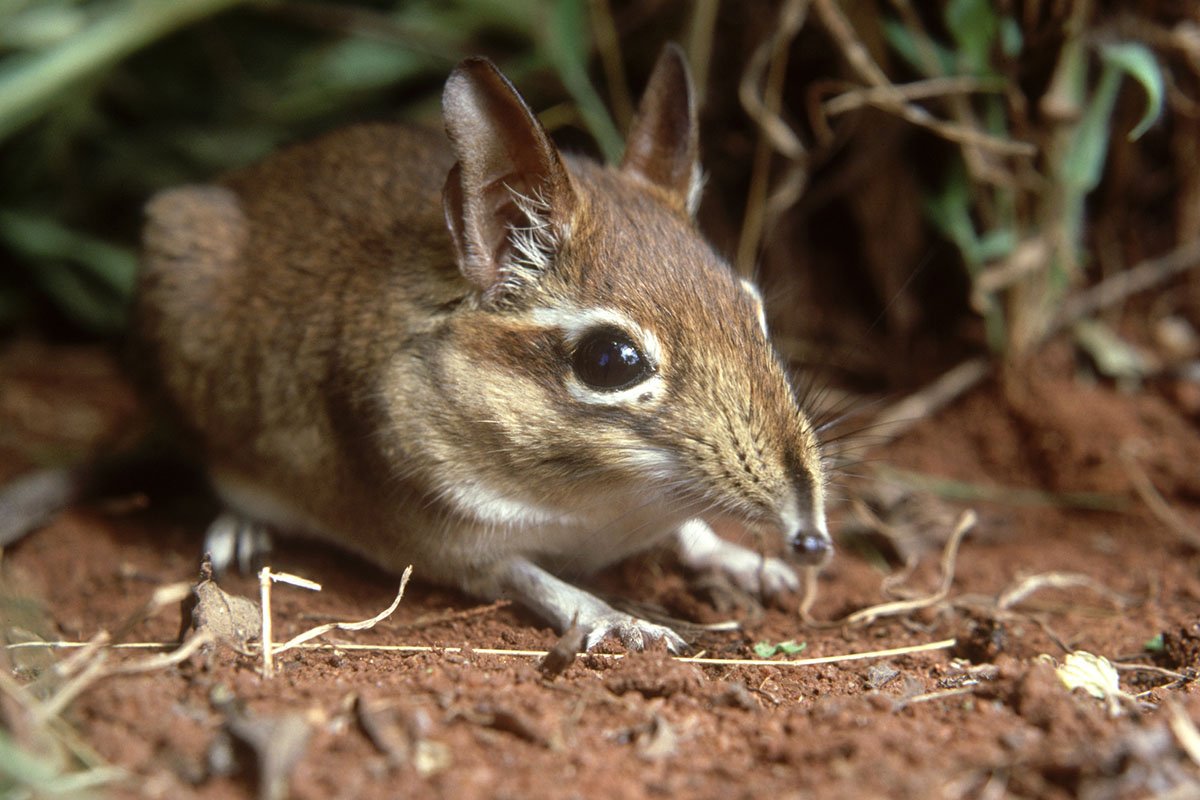
An adorable mini-version of an elephant, this tiny mammal’s elongated snout resembles an elephant, hence its name. Spotting an elephant shrew is a challenge, since it only grows to be around 9-12 inches and weighs around 1.5 pounds. Plus, these tiny animals are smart and don’t stick around in places they might be eaten by birds or snakes, so you’ll need some luck to spot one.
Red-Billed Buffalo Weaver
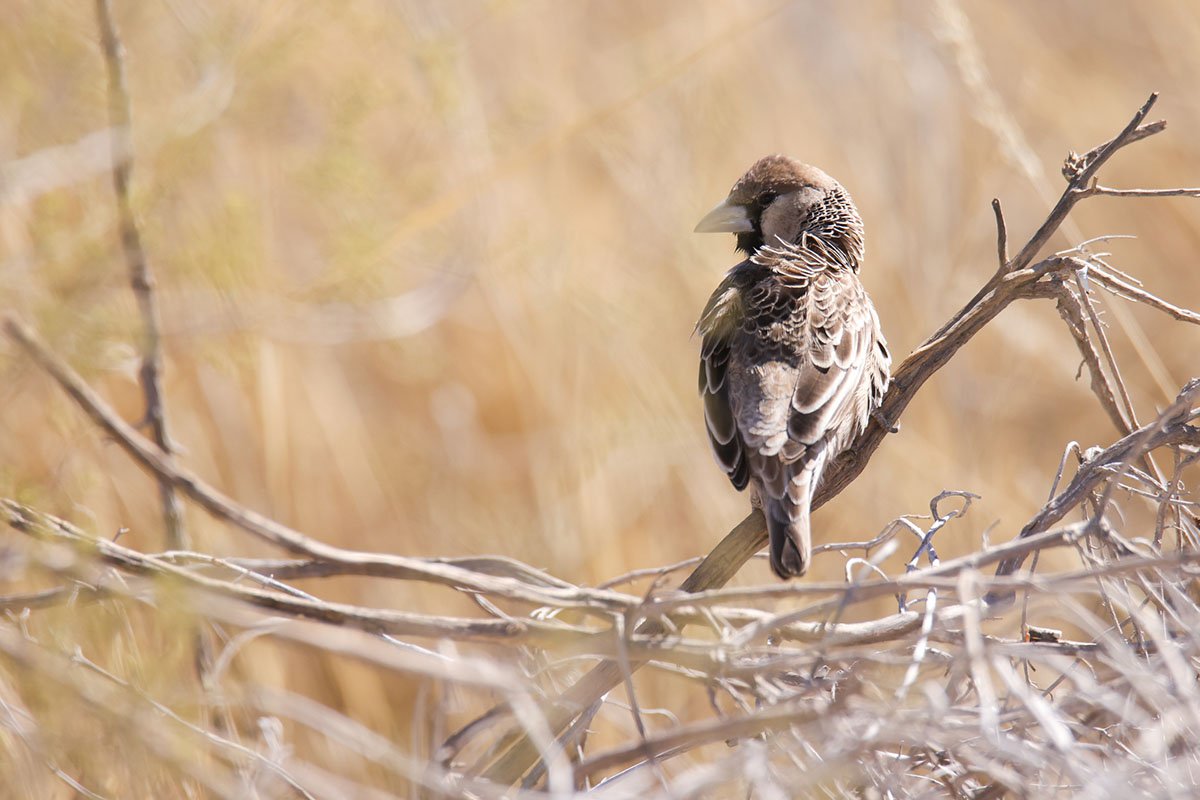
The red-billed buffalo weaver is a small bird with a striking red beak that shines bright against its dark plumage. Renowned for their communal nests made of grasses and twigs, these birds are not the tidiest animals. If you’re lucky enough to spot a group of red-billed buffalo weavers, you will hear them first—as their boisterous gatherings are hard to miss.
Rhino Beetle
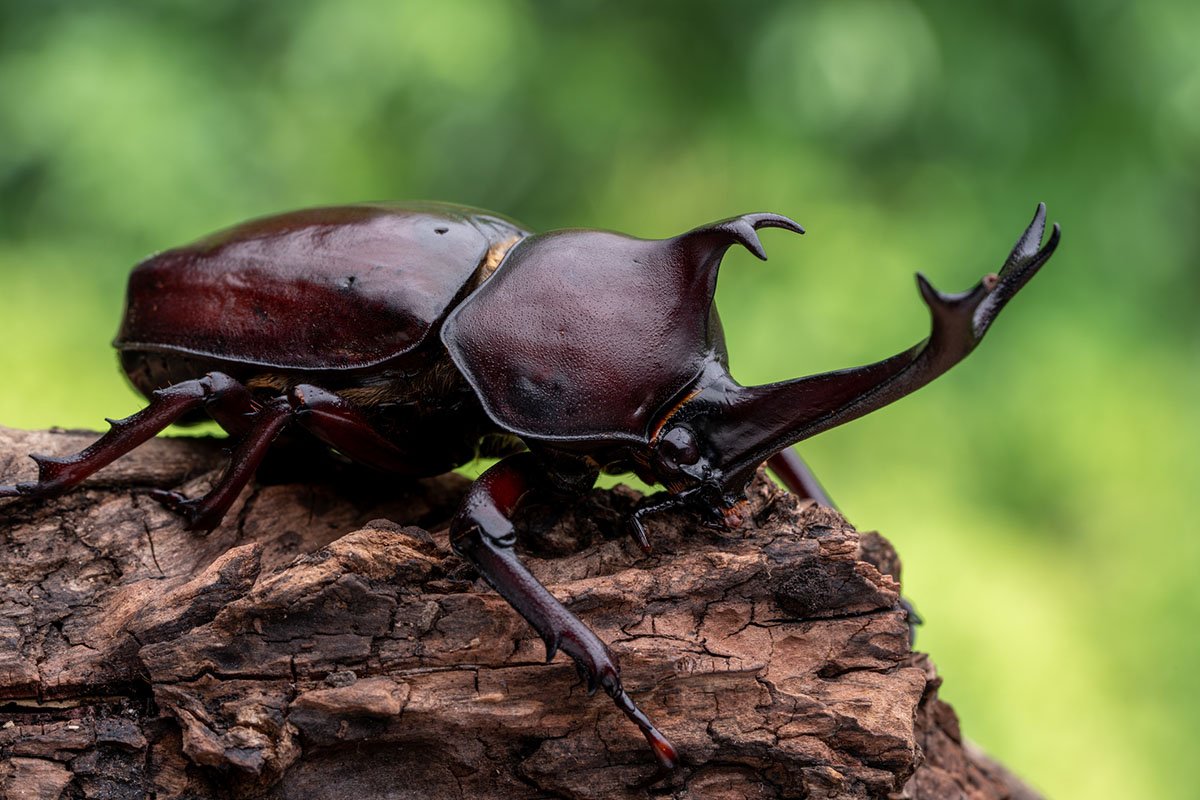
These little “rhinos” are dubbed so because of the imposing horns sported by the males. These remarkable minuscule and “muscular” insects are often hailed as some of the world’s mightiest creatures when you consider their strength-to-weight ratio. They possess the astounding ability to hoist objects weighing up to 850 times their own mass.
Leopard Tortoise
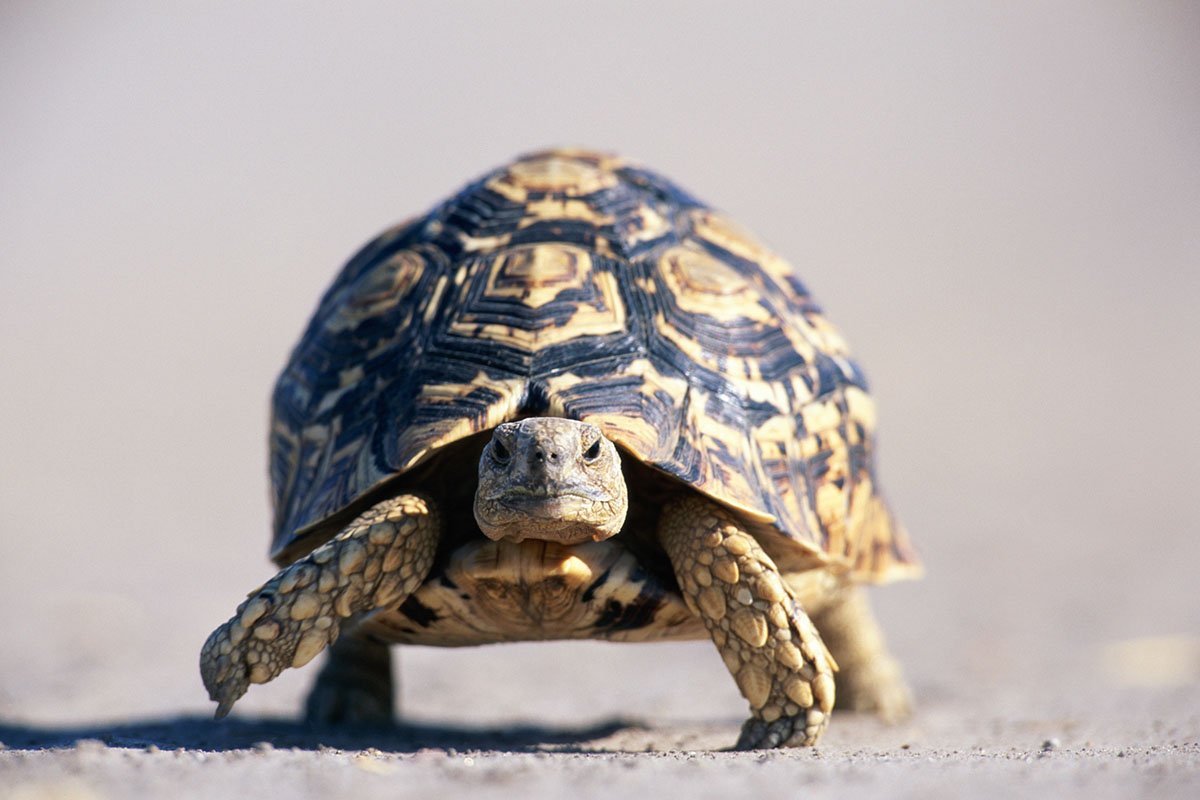
The largest of the Little Five, leopard tortoises flaunt exquisite, leopard-like patterns on their shells, a feature that inspired their name. Among the largest tortoise species, with a length of up to 18 inches and weighing nearly 90 pounds, these incredible reptiles can live for over 100 years, so you might have the chance to see the same leopard tortoise on more than one trip.
Antlion
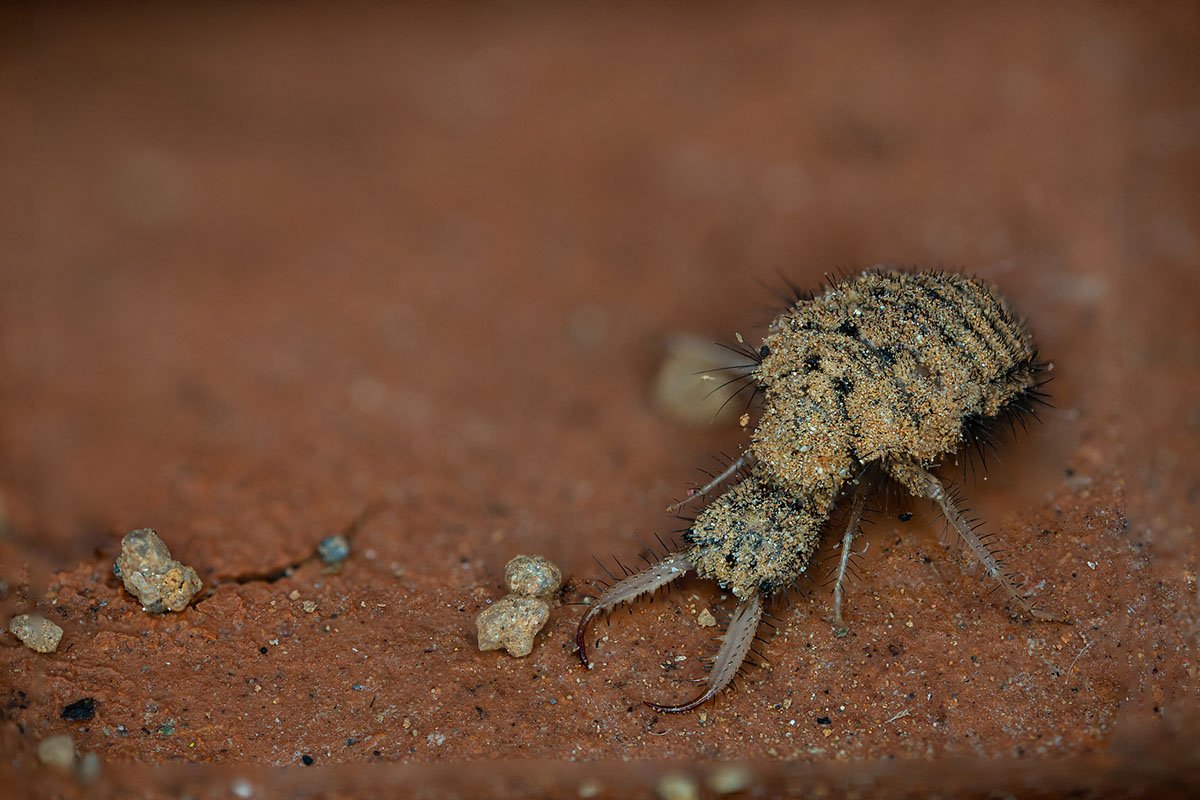
Antlions are incredible predators that excavate cone-shaped traps in sandy terrain to ensnare unsuspecting ants or termites. These elusive creatures spend the majority of their lives beneath the earth’s surface. Spotting these cold-blooded killers in their natural habitat can be quite the challenge, if you’re up for it.



